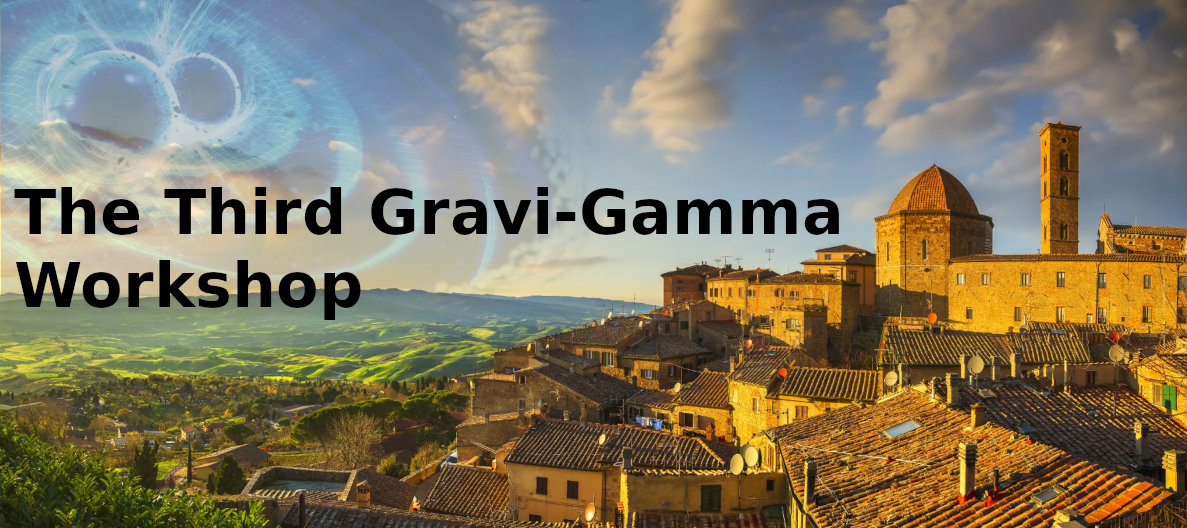Conveners
Stellar and Intermediate black holes: Contributed Talks
- Massimiliano Razzano (Università di Pisa)
Stellar and Intermediate black holes
- Giuseppe Greco (INFN)
Gravitational wave (GW) emission from close encounters (CEs) between neutron stars (NSs) and/or
black holes (BHs) are recently being considered as new potential astrophysical sources for ground-
based detectors. CEs are mostly part of three-body systems, constrained by a dense stellar environ-
ment and configured in eccentric inspirals, characterized by repeated dynamical captures....
The Fermi Large Area Telescope is enabling a revolution in pulsar physics, having detected almost
300 gamma-ray pulsars. Many Fermi pulsars show glitches, and one of them, the radio-quiet PSR
J2021+4026, is variable on a time scale of a few years. Pulsar glitches are considered as possible
sources of detectable gravitational waves and probes of neutron star interiors. Therefore,...
The last phase of black hole binary coalescences is known as the ringdown, in which the newly-
formed black hole relaxes to its stationary state by emitting gravitational waves. Ringdown studies
are crucial, providing a unique way of studying gravity in extreme curvature regime and better
understanding the nature of black holes. The linear theory of black hole perturbations predicts
that...
We present the search for gravitational waves associated with fast radio bursts detected by the CHIME/FRB experiment during the LIGO-Virgo Observing Run O3a, from 1 April 2019 15:00 UTC - 1 October 2019 15:00 UTC. Targeted searches for GW events using both modelled compact-binary-coalescence and unmodelled searches were used. We will present results for the exclusion distances generated by the...
The collection of individually resolvable gravitational wave (GW) events makes up a tiny fraction
of all GW signals in our Universe, while most lie below the confusion limit of our observatories
and thus remain undetected. Like voices in a crowded room, the collection of unresolved signals
gives rise to a background which is well–described via stochastic variables, and hence referred
to as...

